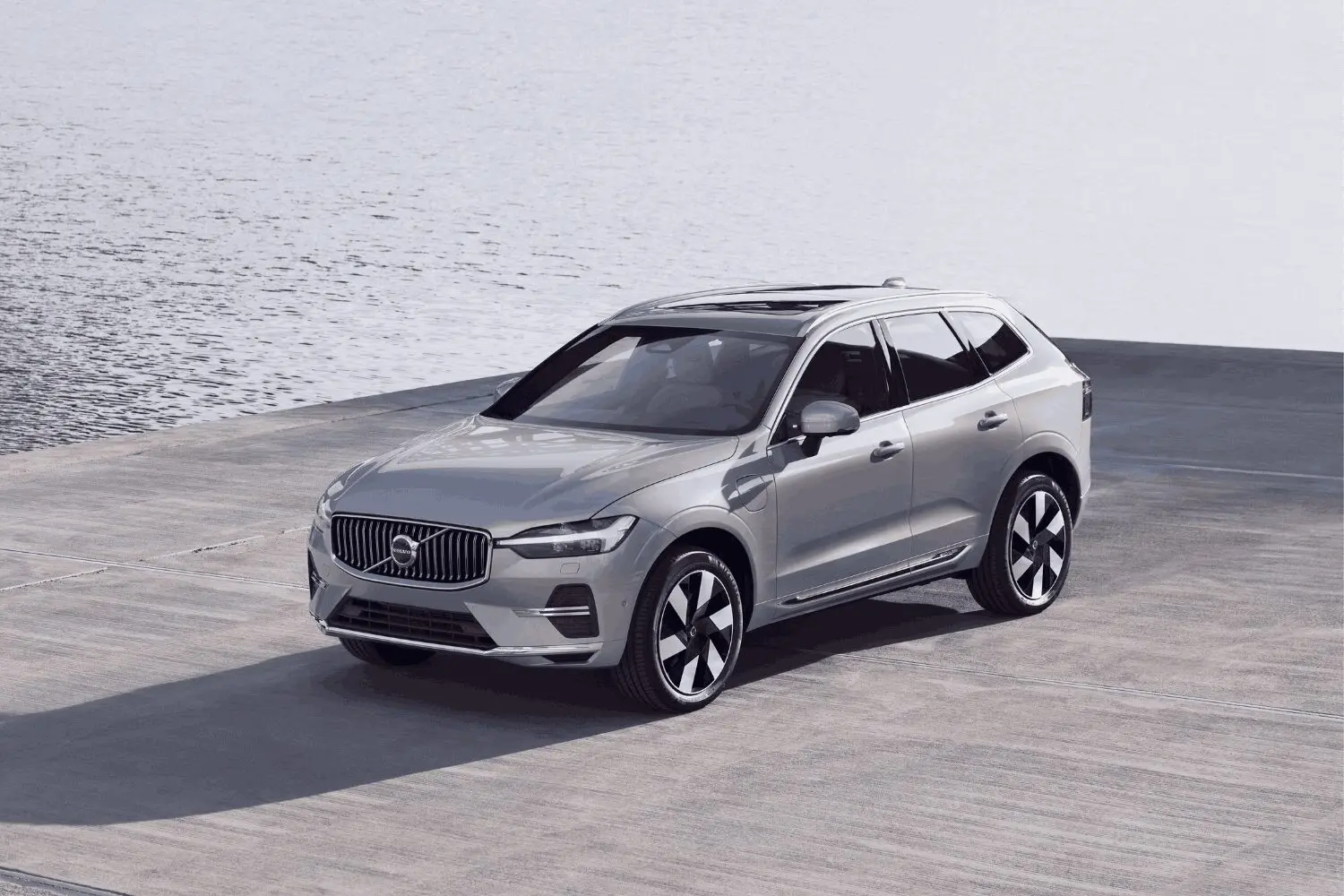
Price: $58,050 - $68,950
8 /10
Rating
Pros
- Luxurious premium cabin comfort
- Powerful plug-in performance
- Top safety hybrid warranty
Cons
- Premium price versus competitors
- Subpar hybrid fuel economy
- Infotainment lag, tech quirks
Overview: 2025 Volvo XC60 Recharge
Driving this plug-in hybrid powertrain feels effortless in the city, where its 35 miles of electric range easily covers my commute. The 455 horsepower delivers rapid acceleration, blending electric smoothness with the gas engine’s growl when needed. But relying on that battery daily or fuel savings shrinks—the EPA-estimated 28 mpg in hybrid mode trails rivals like the BMW X5. At $77,345, it’s a tougher sell next to cheaper regular hybrid options, though the luxurious, modern cabin and Swedish brand safety cred justify some premium.
My week included no calamities, but small Volvo drawbacks surfaced. The user interface-focused infotainment occasionally lagged, and the enhanced regenerative braking felt abrupt. While technical glitches weren’t dealbreakers, they’re unacceptable at this price. Still, the combined driving experience shines: serene on highways, agile enough for backroads. Competitors offer sharper dynamics, but few match its crossover practicality and polish.
Charging nightly maximized electric miles, yet the T8 AWD system’s world-class refinement kept even gas-heavy drives quiet. The most recent XC60 tweaks address the history of clunky transitions between power sources—now seamless. If you prioritize style over raw performance, it’s a good news story. Just know the costs add up fast, especially if skipping the Polestar Engineered package that sharpens handling. For families, it’s a practical pick; for enthusiasts, it’s a compromise.
What's New in the 2025 Volvo XC60 Recharge?
Finally, the Recharge T8 model gets meaningful tweaks after years of minor updates. Volvo renamed the top trim Ultra (formerly “Ultimate”), which now includes default hybrid mode to prioritize efficiency—a smart move. However, the infotainment screen still freezes mid-drive, echoing issues I’ve had in other Volvos. The second XC60 generation feels polished overall, with easy-to-use steering controls and a quieter cabin. However, limitations like inconsistency in lane-keeping assist and glaring omissions (no heated rear seats standard?) keep it from being a better Volvo experience.
Power remains a high point: the T8 AWD plug-in hybrid’s acceleration hasn’t softened since its 2018 debut, and electric mode glides smoothly around town. Yet feature availability feels overlooked—why must I dig through menus to adjust regen braking? Compared to recent offerings from Audi or Lexus, the Ultimate trim’s $77,345 price tag demands fewer compromises. Still, if you’re upgrading from an older model, the driving refinements and performance gains justify the leap—pack patience for the tech quirks.
Competitors to know
If you’re eyeing the T8 plug-in hybrid, the Lexus RX 450h+ and Audi Q5 55 TFSI e are top rivals. Lexus offers bulletproof reliability and a whisper-quiet ride, but its electric driving range falls short by 12 miles—annoying when your daily round-trip is 30. Audi’s sharper handling and power delivery thrill, though its infotainment feels clunky next to Volvo’s luxury-grade setup. The Cadillac Lyriq and Tesla Model Y provide more range for all-electric fans, but you’ll sacrifice the plug-in hybrid’s flexibility. The Lyriq’s sleek design drew stares, but the rear headroom had my tall friend slouching—no issue in the Volvo.
Please don’t overlook the Genesis Electrified GV70, which bundles biometric tech and a buttery ride, though its electric driving range barely tops the Volvo’s. The Volkswagen ID.4 Pro S and Honda Prologue cater to budget-minded buyers, but their interiors feel less premium. The ID. 4’s playful steering charms, yet highway wind noise rivals a carwash. Mercedes’ GLC 350e? It’s polished but pricier when similarly equipped. Each model has merits, but the Volvo’s blend of driving poise, luxury, and hybrid practicality keeps it in my top three.
Pricing, Trim Levels, and Best Choice
Starting at $48,345, the base Core trim skips adaptive cruise control—a feature I missed during highway drives—but includes lane-keeping assist and 18-inch wheels. Stepping up to the Plus ($59,395) adds a 360-degree camera, parking sensors, and 19-inch wheels, which smooth out rough roads during my weekend trips. The top Ultimate trim’s front and rear sensors work seamlessly, though its price rises sharply. For families, the mid-range Plus strikes the best balance: Volvo’s system essentials without luxury bloat.
Depending on needs, options like the Recharge plug-in hybrid justify the step up for electric driving fans. But skip the 19-inch wheels if comfort trumps style—the 18s absorb potholes better. While rivals undercut the XC60’s $59,395 mid-tier price, few match its adaptive safety tech as standard. My pick? The Plus trim with the 360-degree camera—navigating tight garages felt stress-free, and the control layout stays intuitive even on rushed mornings.
EV Motor, Powertrain, and Road Dynamics
Merging onto highways, the 455 total system horsepower delivers never-ending thrust, hitting 60 mph in a 4.7-second sprint that pins you back. The electric assist masks the four-cylinder engine’s growl, and pure electric mode glides silently through suburbs—until the hybrid system’s occasionally unresponsive throttle response leaves you lagging at stoplights. Regenerative braking feels natural in daily drives, though panic stops trigger a 116-foot dive longer than rivals. The adaptive suspension soaks up mild bumps well for rough roads, but sharp cracks send shudders through the cabin.
Opt for the Polestar Engineered package, and cornering speeds rise with sharper steering and planted handling. Yet the stiff ride quality wears thin on weekend trips—my passenger compared it to a “yoga mat on concrete.” While driving spirited backroads, the artificial weight in the wheel undermines confidence, unlike the BMW X5’s intuitive feedback. Still, the powertrain’s smoother transitions between electric and gas modes impress, erasing the kicking-down switch hiccups of older models.
In cruising scenarios, it’s a capable partner: quiet, composed, and eager in passing scenarios. But push hard, and the all-season tires scramble for grip while braking lacks the bite of Audi’s setups. For most, the real-world experience balances strong acceleration with adequate refinement—don’t expect sports car thrills.
Fuel Efficiency and Driving Range
Commuting in electric mode, I averaged 35 miles per charge—matching the EPA‘s validated estimate—before the T8’s switchover to hybrid. That’s laudable for school runs or errands, but my mixed weekend route (50% highway) drained the battery fast, leaving the 28 mpg combined fuel economy to handle the rest. On a freeway-heavy trip, efficiency dipped to 25.8 mpg, disappointing next to the Lexus RX 450h+‘s 38.7 mpg.
The XC60’s electric driving range shines if you recharge nightly, though results vary. A full battery and gentle footwork achieved 37 miles in city traffic, but aggressive driving slashed that to 29. For longer hauls, the hybrid mode keeps anxiety low—don’t expect Prius-like MPG. While the projection readout stays accurate, the 455-horsepower urge tempts you to ignore it. Compromise? Yes. Dealbreaker? Only if you road-trip weekly.
Premium Interior and Comfort
Sliding into the supportive seats feels like a hug from a luxurious Scandinavian armchair—soft wool blend upholstery, adjustable thigh cushions, and generous hip room. The Bowers & Wilkins audio system delivers superb sound, though fiddling with the portrait-mode touchscreen mid-drive risks a demerit for distracted driving. During a three-hour road trip, climate control kept everyone happy, but rear vents blew weaker than a polite apology.
Materials impress overall: high-quality leather, neutral colors, and refined elements like sustained stitching. Yet the double-click hinges on the console storage felt flimsy, and the steering-wheel touchpads registered accidental nudges during sharp turns. Taller drivers might find the thigh support lacking, but the chair-like posture and low-profile center console free up knee space.
Noise? Only a faint wind hum at 70 mph—remarkable for a four-cylinder vehicle. But the touchscreen’s lag after a cold start tested my patience. For daily tasks, the interior exceeds expectations; for perfectionists, minor annoyances linger. Still, few rivals blend aesthetics and compliance this cohesively.
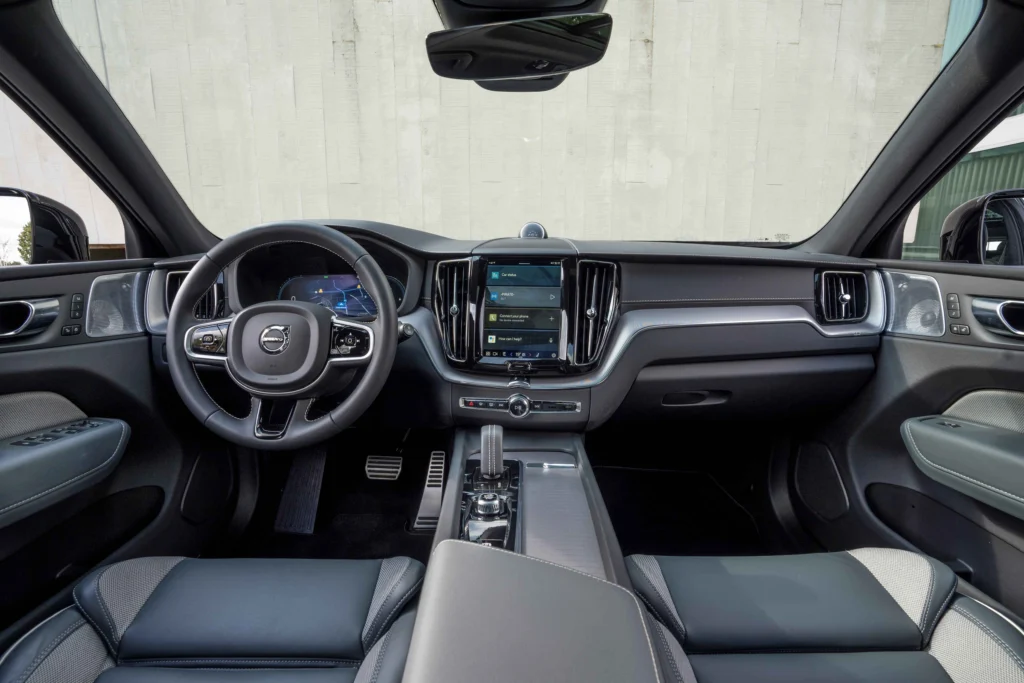
Cargo Space and Practicality
Packing for a weekend trip? The 29.7 cubic feet behind the rear seats swallowed two large luggage bags and a collapsible wagon—no Tetris skills required. Door pockets fit water bottles and small items, while the front console’s drink-holder cutouts kept my iced coffee upright during sudden stops. But the spare tire’s absence (a space-saver is optional) left me nervous on backroad adventures.
Families will appreciate the seatbacks’ storage cubes for toddler snacks, though the middle seat’s stiff position complicates child seat installations. Folding all seats unlocks impressive haul capacity—I fit a golf bag and camping gear—but the load floor’s height demands a practice lift for heavier items. Rivals like the Audi Q5 offer more handy bins, but few match this SUV’s blend of numbers and daily utility.
Infotainment, Connectivity, and Smart Tech
The vertically oriented touchscreen dominates the interior, blending climate controls, navigation, and entertainment into one sleek panel. Wireless Apple CarPlay integrates seamlessly, though prodding the display for settings mid-drive feels riskier than texting while walking. Google Maps and voice operation via Google Assistant work flawlessly, but the layout’s reliance on switching menus for simple tasks—like adjusting volume—tests patience. At highway speeds, small icons and absent physical knobs turn basic controls into a squinting game.
On the upside, the Bowers & Wilkins system wows audiophiles, and the keyless entry feature never fumbled my coffee-filled entry. The adaptive cruise with stop-and-go coddled me in traffic, while top-view cameras made parallel parking a backup dancer’s dream. But why does the bury drive mode function three menus deep? For a premium vehicle, the infotainment drawbacks feel like wearing a tuxedo with Velcro shoes—polished but oddly inconvenient.

Safety and Driving Support
Navigating city traffic, the adaptive cruise control adjusted smoothly, though its closest following distance still felt too generous for aggressive tailgaters. The lane-keeping assist nudged the wheel with subtle precision, but pedestrian detection sometimes overreacted to shadows—startling, not dangerous. During a sudden highway stop, automated emergency braking proved flawless, and Blind Spot Monitoring saved me from merging into a motorcycle’s path. While IIHS and NHTSA praise its crash-test results, the semi-autonomous driving mode struggles with sharp curves, requiring constant oversight.
Key features:
✅ Top-tier crash-test results from IIHS and NHTSA.
✅ Blind spot alerts lack rear cross-traffic refinement.
✅ Semi-autonomous mode needs smoother curve handling.
Volvo Warranty and Maintenance Plan
Volvo’s four-year/50,000-mile limited warranty aligns with the segment, while the eight-year/100,000-mile hybrid components policy adds peace of mind. The complimentary three-year/36,000-mile scheduled maintenance covers basics like oil changes, a perk rivals like Audi omit. However, buyers eyeing Lexus may miss its longer convenience—free care up to 50k miles. For a hybrid powertrain, the comprehensive coverage is appealing, though the XC60’s policy lags behind Tesla’s battery warranties.
Key features:
✅ Complimentary maintenance is shorter than some rivals.
✅ Powertrain warranty matches most luxury brands.
✅ Hybrid components are protected for eight years.
Volvo XC60 models
Choosing between trims starts with the base Core, which bundles luxury essentials like AWD and a turbocharged 2.0-liter four-cylinder engine (247 hp). Stepping up to the Plus adds adaptive cruise and 18.8-kWh wireless charging, while the Ultra throws in Polestar Engineered suspension tweaks and premium Bowers & Wilkins audio. For eco-focused buyers, the plug-in T8 hybrid pairs a gas engine with an electric drive, delivering 455 horsepower and an estimated 35 miles of range—enough for most daily drives.
The mild hybrid B5 (48-volt system) suits budget-conscious drivers, though its 266 hp feels underwhelming compared to the T8’s torque-rich combination. All models use an eight-speed automatic transmission, which shifts smoothly but lacks the zest of BMW’s compact rivals. Whether prioritizing luxury or powertrain versatility, the lineup covers SUV needs—just skip the Core if you crave tech.
| Trim Level | Features |
|---|---|
| Core |
|
| Plus |
|
| Ultra |
|
| Polestar Engineered |
|
| Climate Package (All Trims) |
|
| Black Edition Package (Ultra) |
|
| Stand-alone Options |
|
Gallery:
Images sourced from Volvo Newsroom.


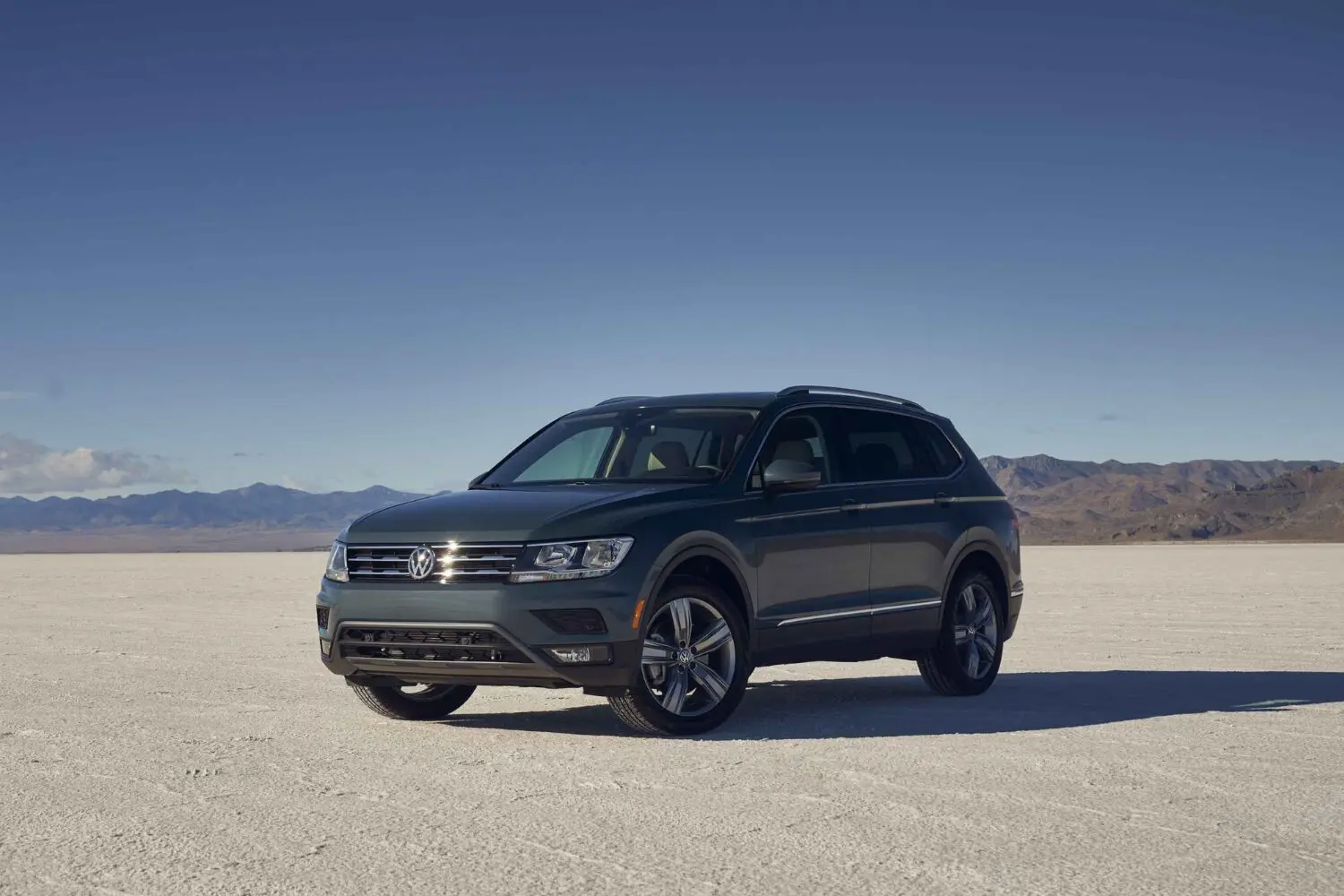
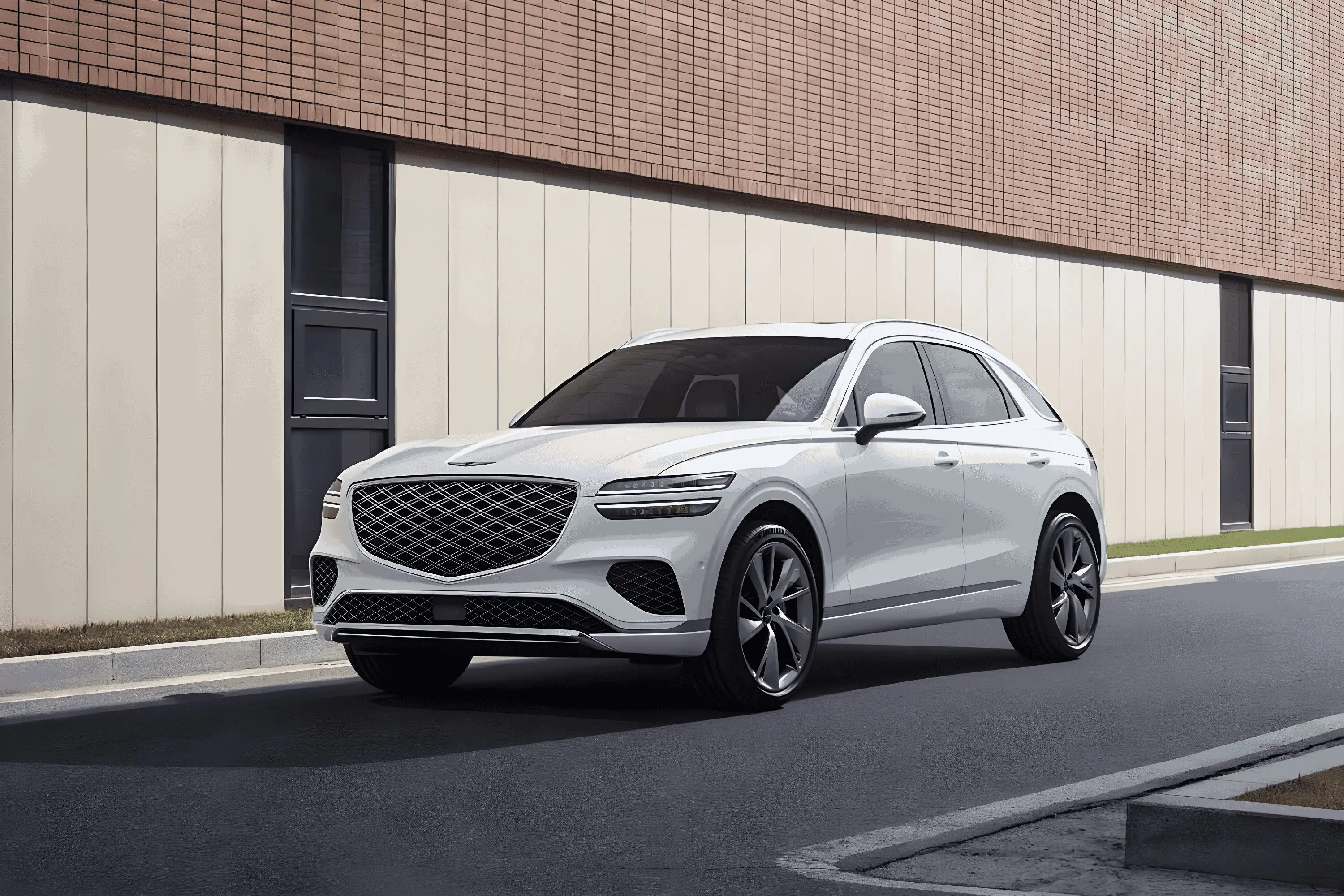
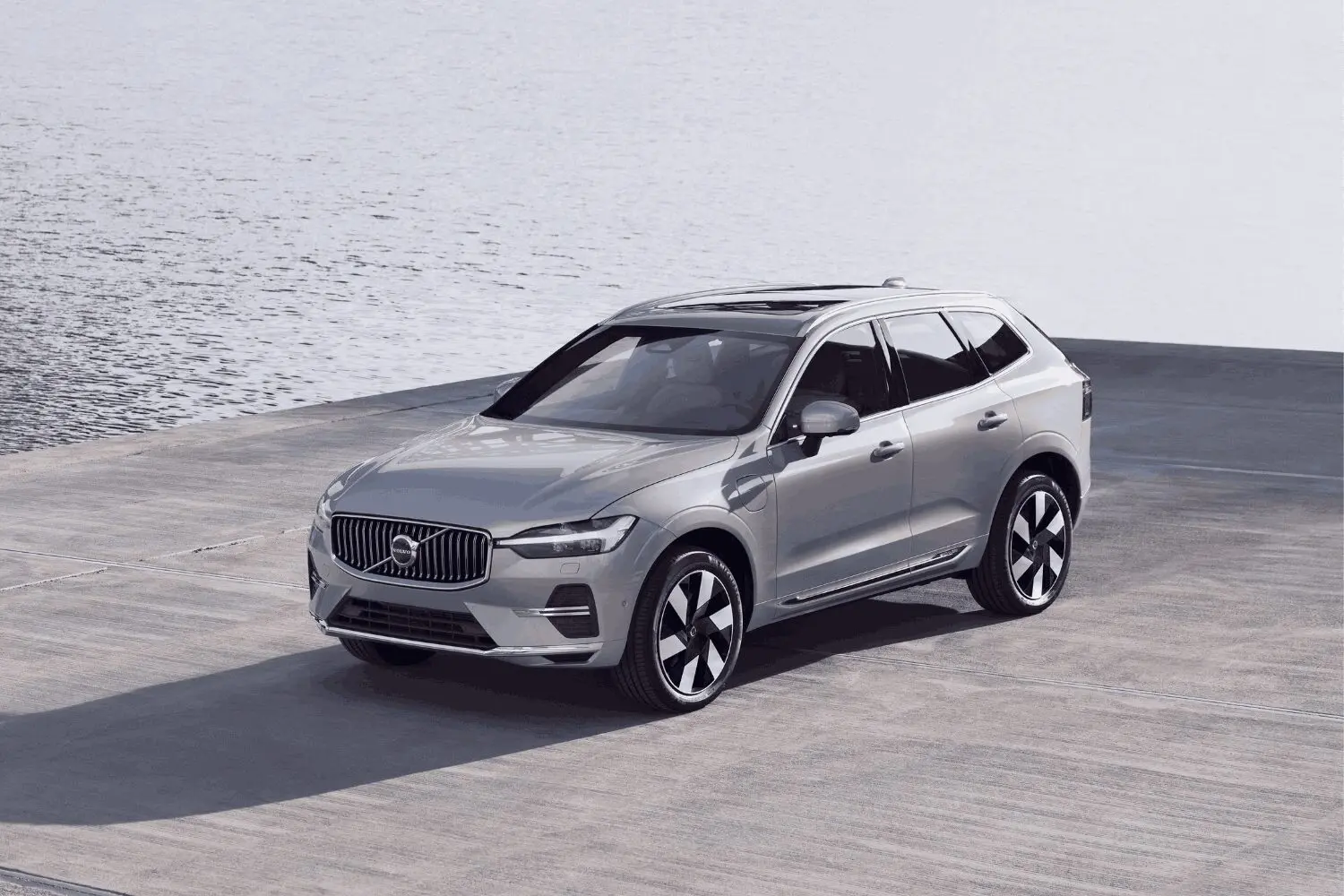
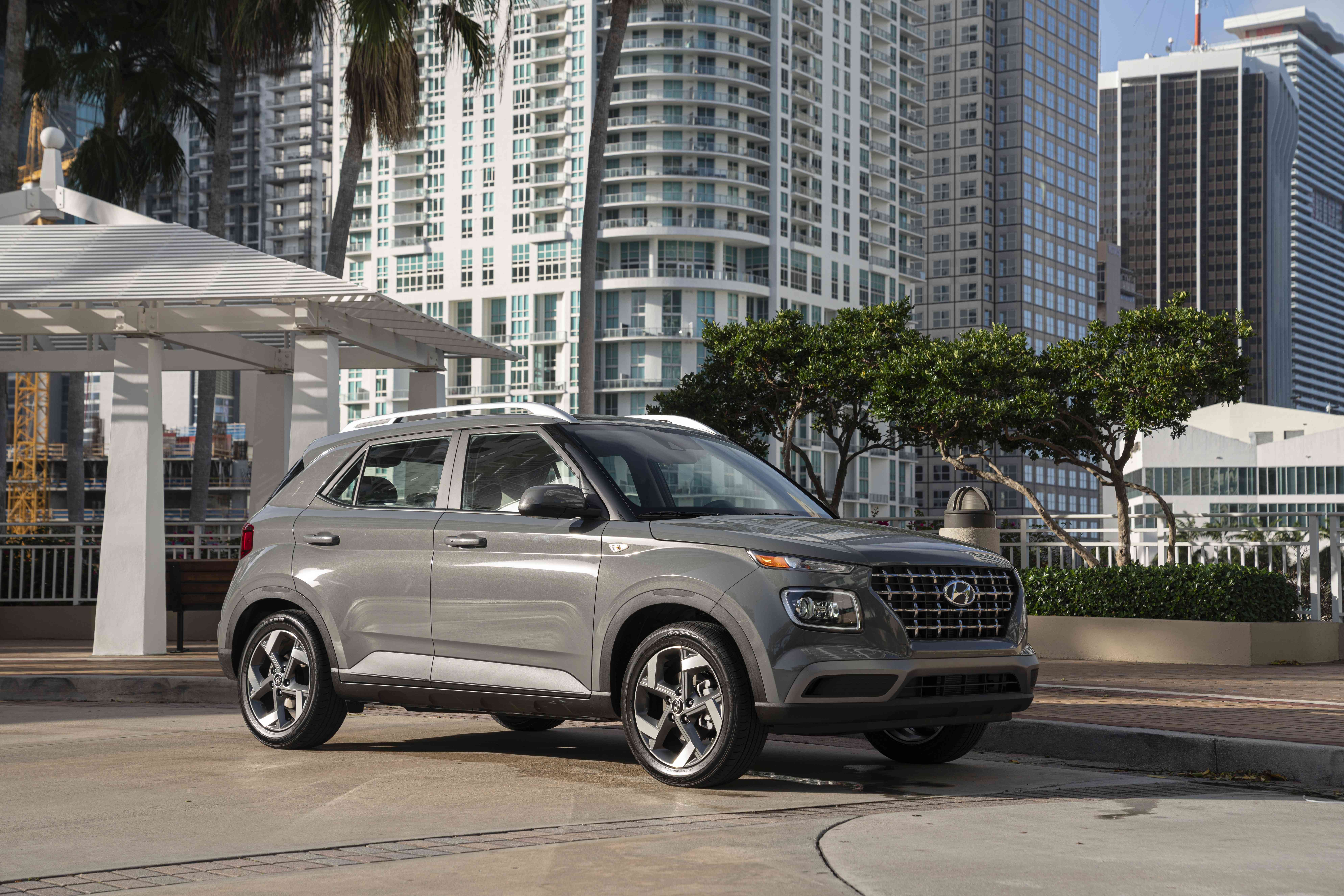
This Post Has One Comment
Pingback: 2024 Genesis GV70 Electrified Review: Tesla Rival Worth the Hype?